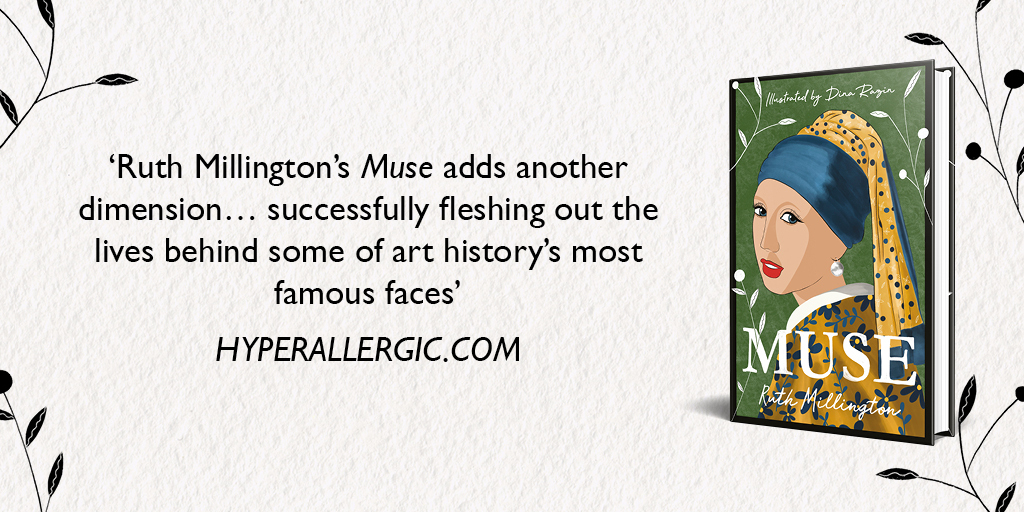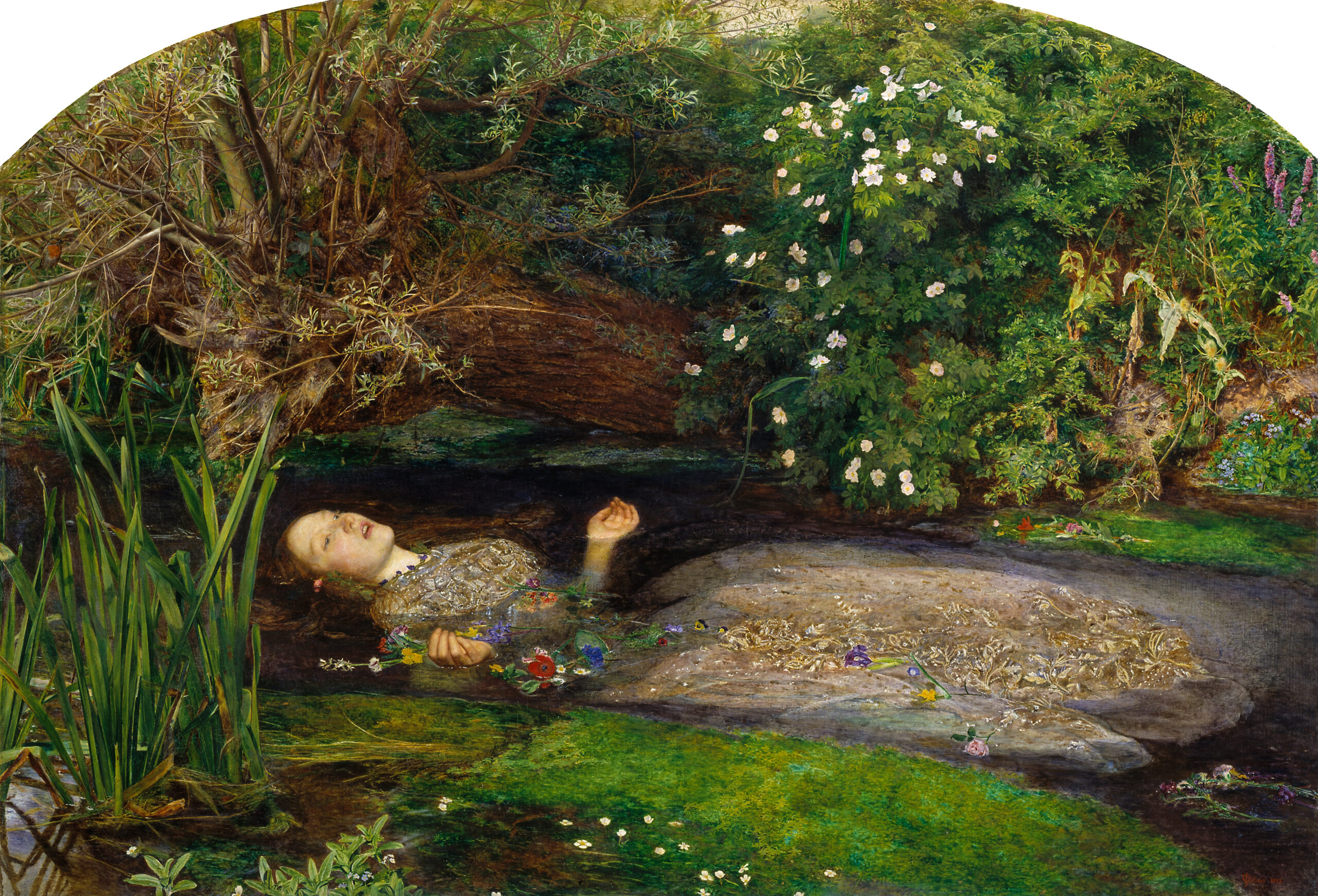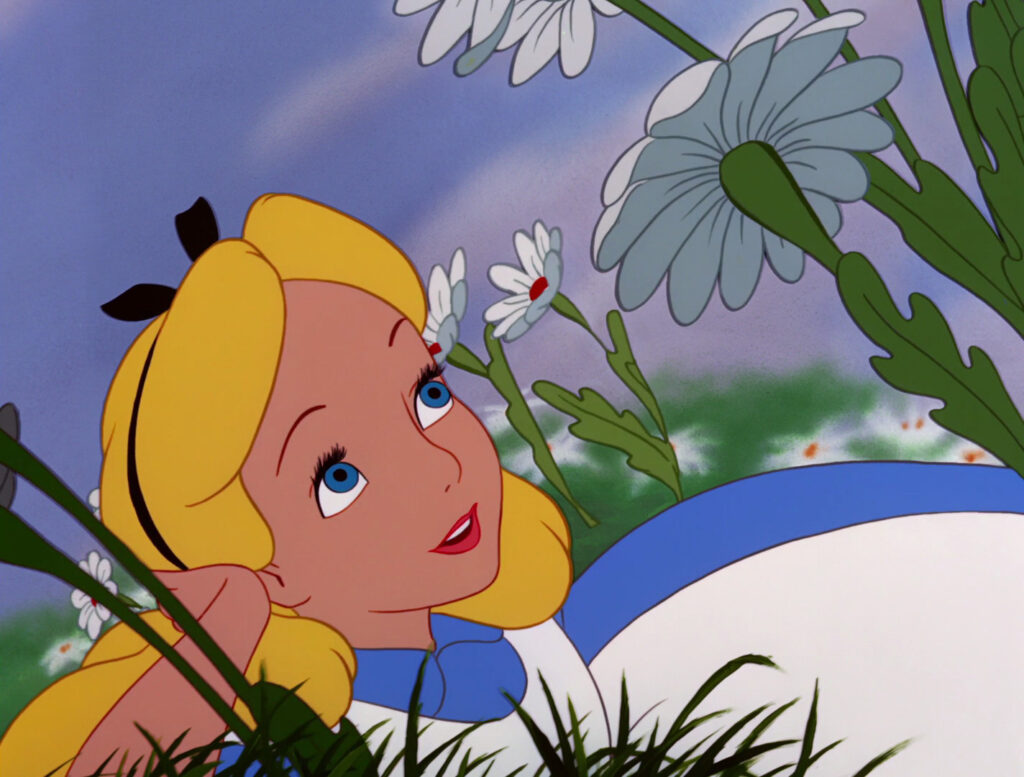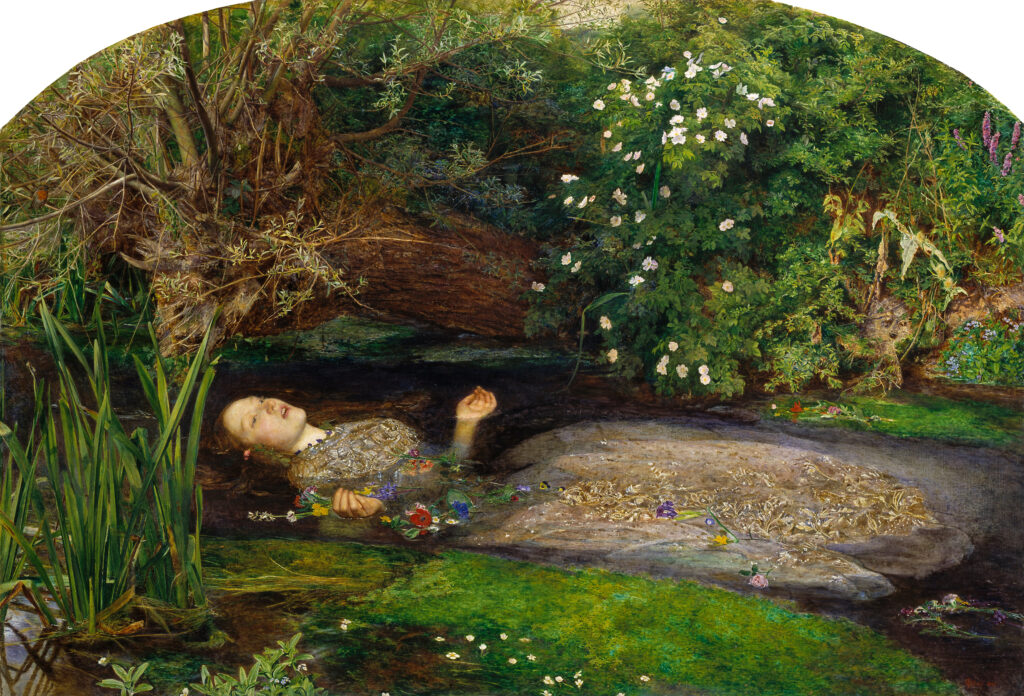
The most comprehensive exhibition of Elizabeth Siddal’s paintings and drawings for 30 years, Tate Britain’s ‘The Rossettis’ clearly aims to show this hugely important member of the Pre-Raphaelite ‘Brotherhood’ as ‘more than a muse’. But does the exhibition succeed? And is this narrative helpful or harmful to feminist art history? Having researched and written a chapter on Elizabeth Siddal for my book MUSE, here are my thoughts…
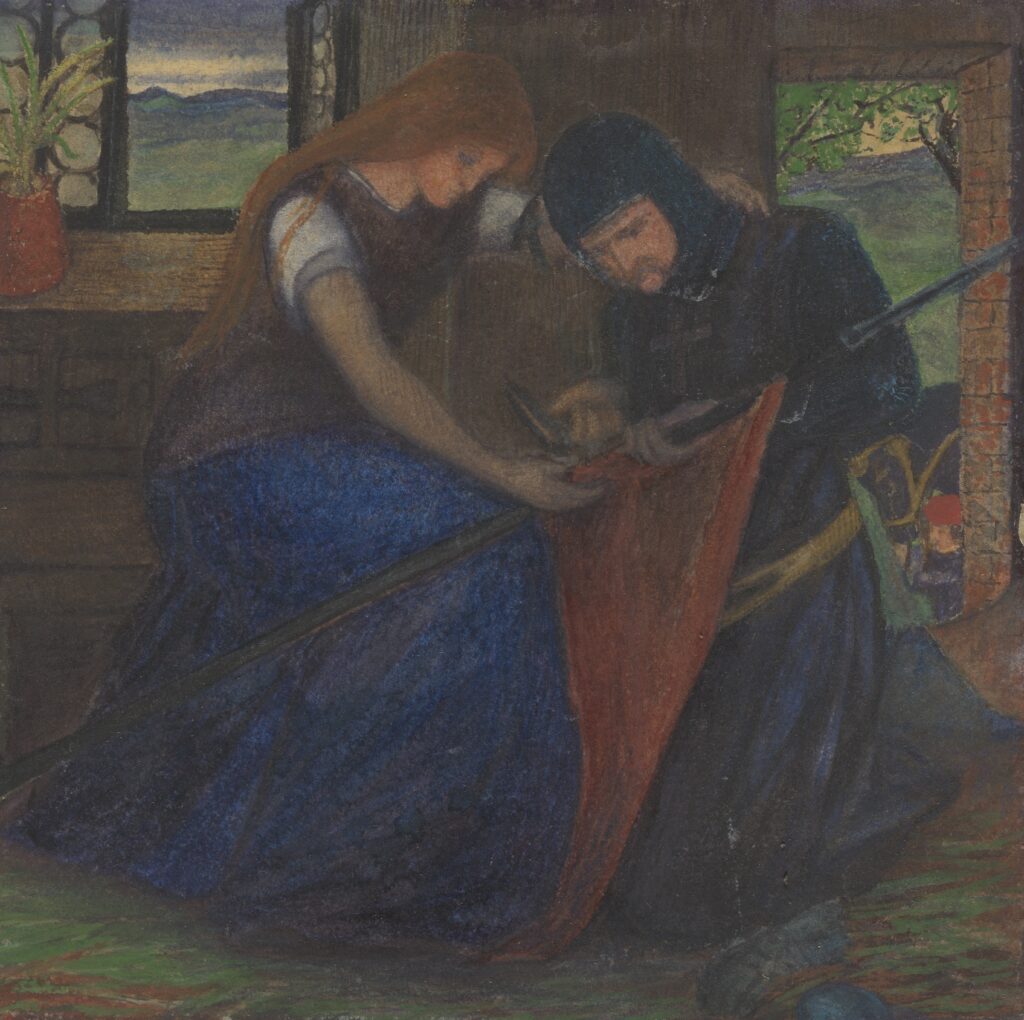
Tate Britain’s blockbuster show ‘The Rossettis’, which opened last week, clearly intends to frame Elizabeth Siddal and Dante Gabriel Rossetti as collaborative, creative partners who inspired one another. This is a laudable aim. For too long, Dante Gabriel Rossetti‘s identity as a great artist has historically overshadowed that of his creative and romantic partner. Seeking to rebalance this narrative, ‘The Rossettis’ explores the working and personal relationships between Dante Gabriel, Christina Rossetti and Elizabeth Siddal. So far, so good.
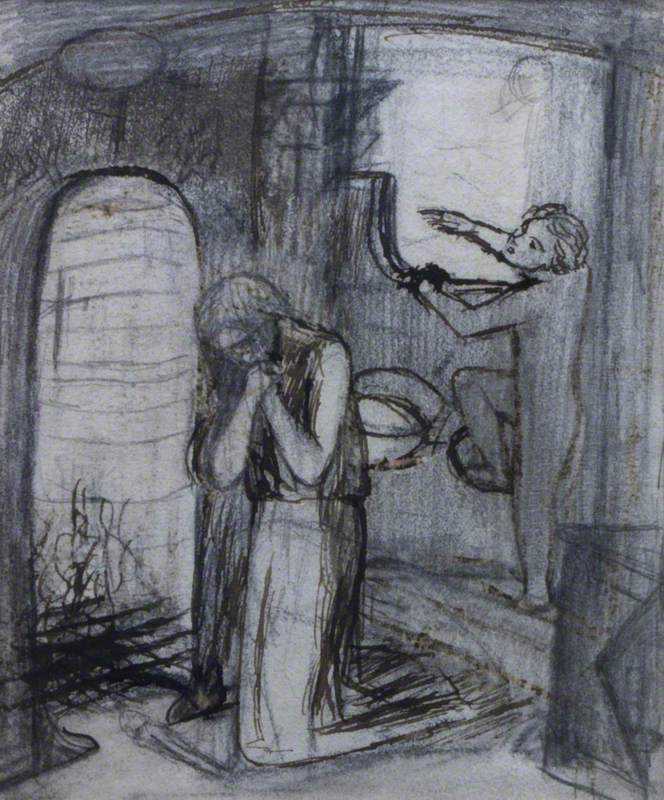
A talented artist and poet, inspiration flowed both ways in The Siddal-Rossetti partnership. “It was a mutual commitment to art, poetry and each other, despite the power imbalance that inevitably existed”, explains art historian and writer Hannah Squire, who curated ‘Beyond Ophelia’ at Wightwick Manor in 2018. “They shared artistic commissions and created pieces of artworks together, harmonising their styles and ideas. When depicting the same figures their art is clearly inspired by each other’s compositions. For instance, Siddal’s drawing Sister Helen, 1860, is an artistic response to Rossetti’s poem of the same name”, she tells me.
Tate Britain’s exhibition beautifully celebrates the pair’s collaborative relationship, by giving a platform to Siddal’s own inventive paintings and sketches, alongside Rossetti’s works which show her influence on him.
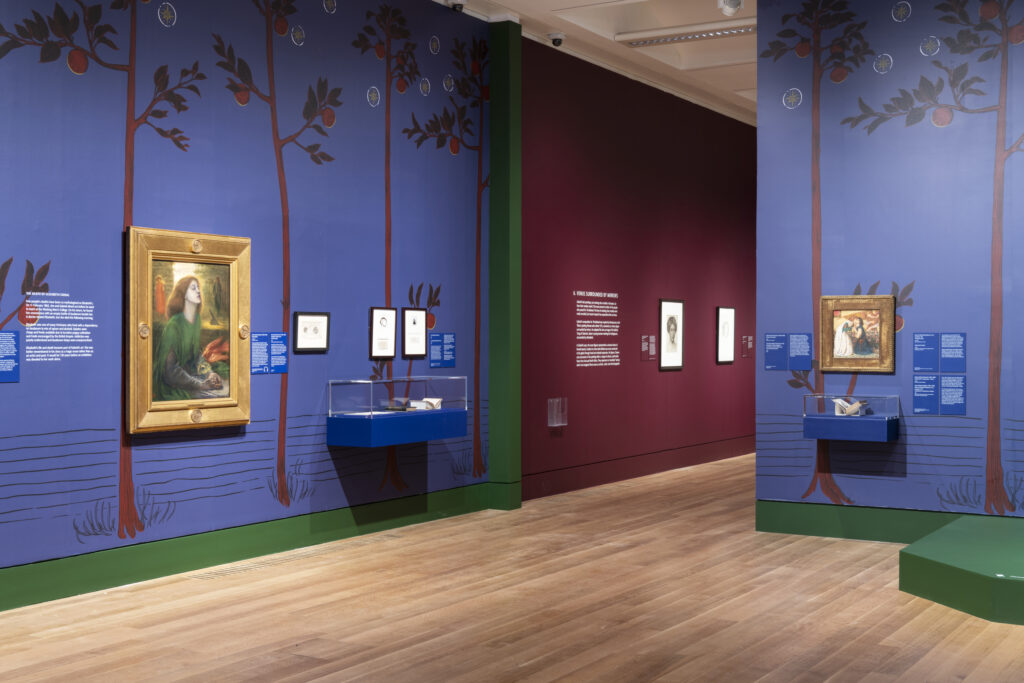
However, Siddal’s story and career began before she met Rossetti, and that is what audiences are not shown. The curators have deliberately excluded John Everett Millais’ painting ‘Ophelia’ (1851–52) for which Siddal famously posed, lying in cold water for 6 hours, which almost killed her. This is a painting which she is synonymous with, fixed in the image of a tragic heroine and passive victim. But her true story is not that simple. Siddal chose to carry on after the gas lamps went out, and the heated water turned icy. Years later, she travelled to Paris to see this painting in an exhibition – a trip funded by John Ruskin who believed in her “genius”. We must separate the real-life woman from the haunting figure of Ophelia inside the frame, and divide fact from fiction. Siddal had agency in her working relationship with Millais.
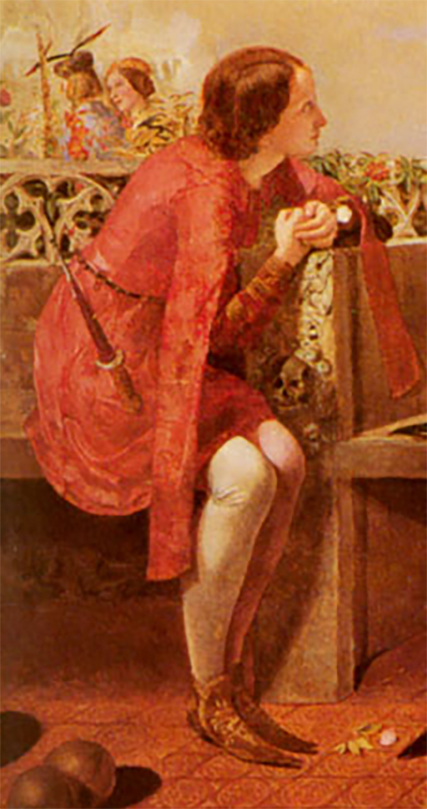
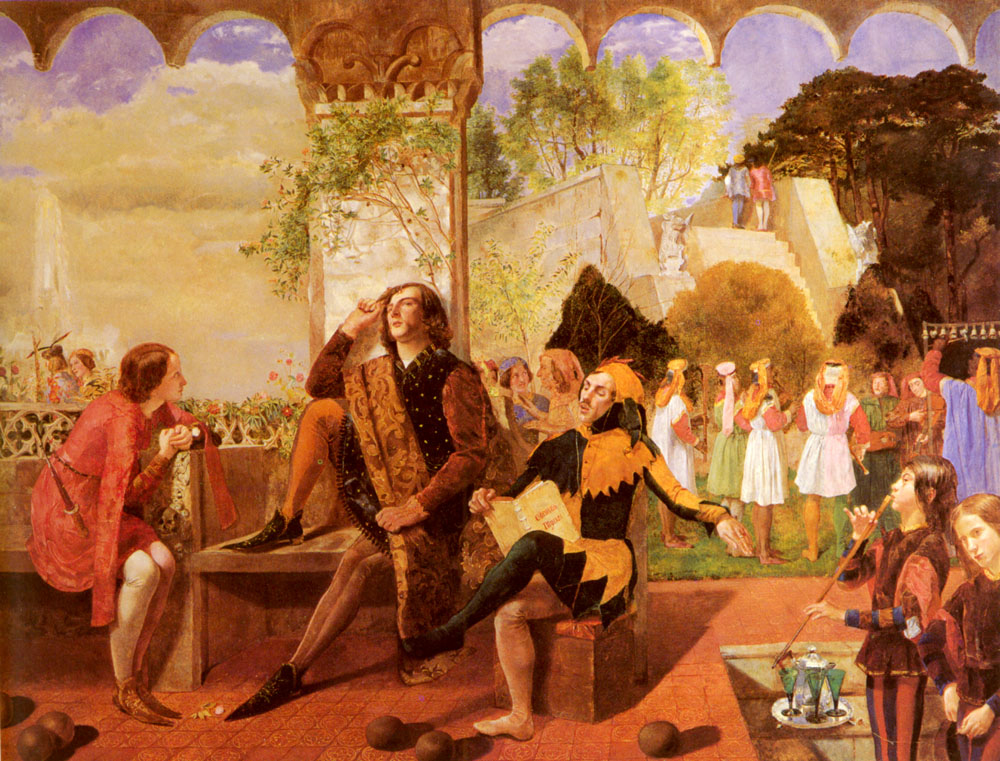
Also missing is Walter Deverell’s painting ‘Twelfth Night’ (1850), for which Siddal posed as Shakespeare’s cross-dressing Viola. Deverell’s painting illustrates the scene in which Duke Orsino, who is hopelessly in love with Countess Olivia, orders his clown, Feste, to sing the song ‘Come away, come away, death’. Sitting beside the Duke is his handsome page, Cesario, who is actually a woman – Viola. Completing the comic love triangle, she has secretly fallen for him too. Siddall, who sat for Viola, appears disguised in a medieval pageboy’s dress and tights, leaning intently towards her master.
It’s a canvas which perfectly reflects Siddal’s place at the heart of the Brotherhood: she played a diverse range of mythical and literary characters in paintings and drawings by Holman Hunt, Anna Mary Howitt and Barbara Bodichon, among others. In fact, Siddal’s introduction to the Pre-Raphaelites came via Deverell. As a young, aspiring artist, she had decided to show some of her drawings and watercolours to the director of London’s Government School of Design. He was the father of Deverell, and it was through this encounter that Siddall was introduced to the painter, going on to model for him and others.
As a muse, Siddal inflected the multiple partnerships she entered into with her deep knowledge of and interest in art and literature – writing her own poetry as well as painting. She would, therefore, have been well versed in the stories which were brought to life by the Pre-Raphaelites, and was willing to impersonate characters with understanding and dedication; in the case of Ophelia, to the point that she made herself seriously ill. The artists also valued Siddall’s demeanour; she demanded respect from them. As Holman Hunt once wrote, ‘She’s like a queen . . . she behaves like a real lady, by clear commonsense, and without any affectation, knowing perfectly, too, how to keep people respectful at a distance.’
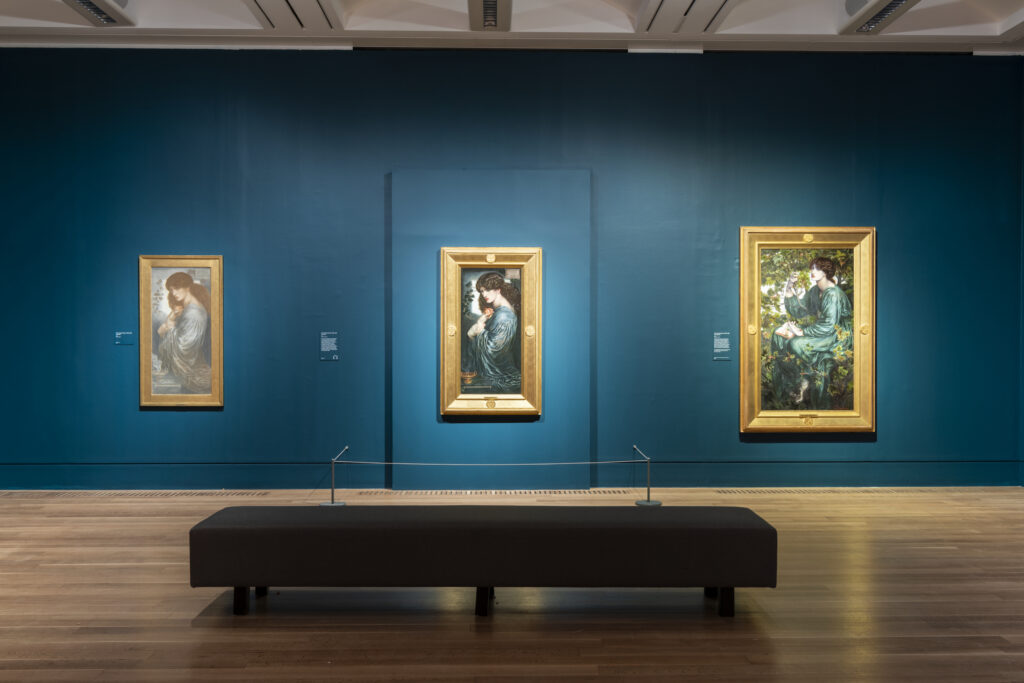
It’s evident that the curators have attempted to rescue Siddal from her image as the great male painters’ tragic muse. In fact, muse is a word deliberately used only once. But, in ignoring discussions of Siddal as a muse, audiences are only shown half of her story.
Bypassing narratives of Siddal’s career as a muse, Rossetti’s abuse has also been erased. Siddal modelled for many artists before Rossetti demanded that she only work with him. Meanwhile, he worked – and slept with – other models. We are shown Rossetti’s portraits of his other models, including Jane Morris and Fanny Cornforth. Why, then, isn’t Siddal treated equally? Her wider contributions to the Pre-Raphaelite Brotherhood deserve a space in the show too.
In addition to this controlling behaviour, for ten years Rossetti remained ‘engaged’ to Siddall without setting a wedding date – a hugely unfair position to put her in given Victorian attitudes towards unmarried models. Finally, in 1860, the couple married in a simple ceremony in Hastings. But, by this time, Siddall’s health was deteriorating – some researchers have proposed that the wedding only happened after Siddall’s family called Rossetti to her sickbed and, understanding the urgency, he agreed to marry her. Just two years later, while pregnant with their child, Siddall died from an overdose.
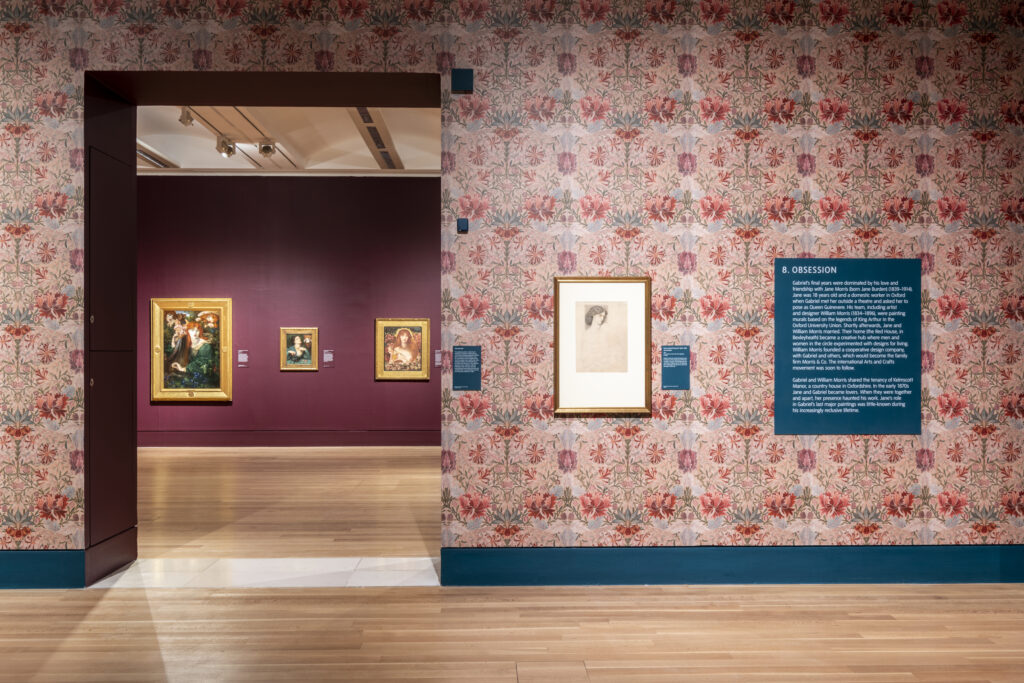
There’s a clear attempt to frame Siddal as ‘more than a muse’, the rallying cry of many feminist art historians. But in doing so, we see her as Rossetti wished, as his partner alone, rather than a critical figure who collaborated with numerous other artists as a means of infiltrating the patriarchal art world before exhibiting with them, in both the UK and US.
Traditional narratives about the artist’s muse have largely been written by, and to benefit, men. They present the trope of a submissive, romantic, female model at the mercy of a great male artist. But this stereotype is reductive and harmful. Feminist art history must therefore reclaim this term, reframing the immense contributions of the likes of Siddal, who was an artist, poet and creative muse who inspired, performed for and collaborated on many masterpieces.
More than a victim, yes, but not more than a muse. Art history must discuss the paintings where Siddal’s signature can be found, as well as many others where her true input as an active model has historically been ignored or downplayed. Feminist art history still needs the muse.
